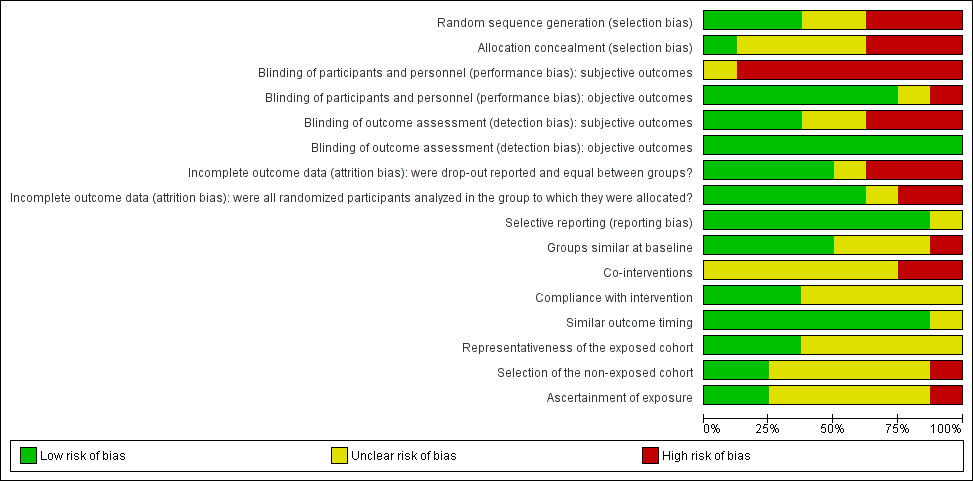Related content
Related reviews and protocols
Michele Romano, Silvia Minozzi, Josette Bettany-Saltikov, Fabio Zaina, Nachiappan Chockalingam, Tomasz Kotwicki, Axel Maier-Hennes, Chiara Arienti, Stefano Negrini | 28 February 2024
Ingrid van Duijvenbode, Petra Jellema, Mireille van Poppel, Maurits W van Tulder | 23 April 2008
Fabio Zaina, Christy Tomkins‐Lane, Eugene Carragee, Stefano Negrini | 29 January 2016
Safoora Ebadi, Nicholas Henschke, Bijan Forogh, Noureddin Nakhostin Ansari, Maurits W van Tulder, Arash Babaei-Ghazani, Ehsan Fallah | 5 July 2020
Jinglan Mu, Andrea D Furlan, Wai Yee Lam, Marcos Y Hsu, Zhipeng Ning, Lixing Lao | 11 December 2020
Roger Chou, Rafael Zambelli Pinto, Rongwei Fu, Robert A Lowe, Nicholas Henschke, James H McAuley, Tracy Dana | 21 October 2022
Jos H Verbeek, Kari‐Pekka Martimo, Jaro Karppinen, P Paul FM Kuijer, Eira Viikari‐Juntura, Esa‐Pekka Takala | 15 June 2011
Anita Gross, Pierre Langevin, Stephen J Burnie, Marie‐Sophie Bédard‐Brochu, Brian Empey, Estelle Dugas, Michael Faber‐Dobrescu, Cristy Andres, Nadine Graham, Charles H Goldsmith, Gert Brønfort, Jan L Hoving, Francis LeBlanc | 23 September 2015
Simon Dagenais, Michael J Yelland, Chris Del Mar, Mark L Schoene | 18 April 2007
Aidan G Cashin, Benedict M Wand, Neil E O'Connell, Hopin Lee, Rodrigo RN Rizzo, Matthew K Bagg, Edel O'Hagan, Christopher G Maher, Andrea D Furlan, Maurits W van Tulder, James H McAuley | 4 April 2023

















